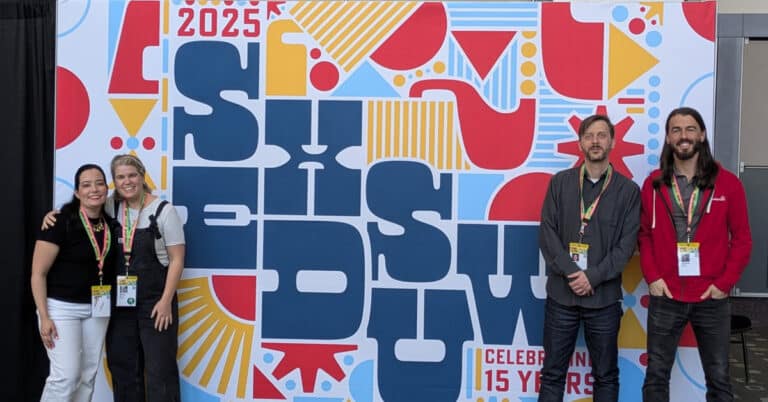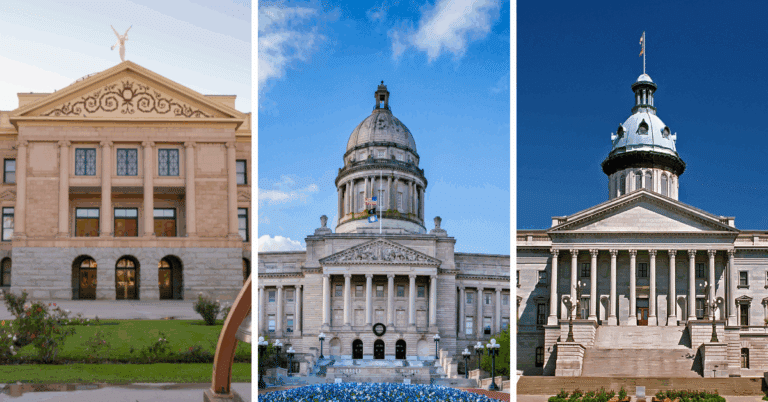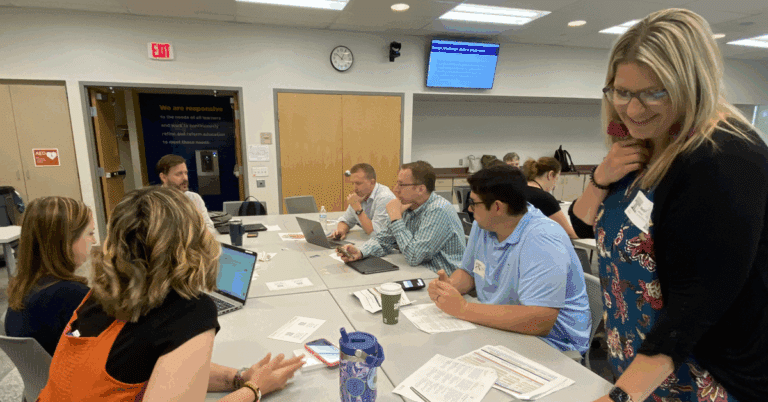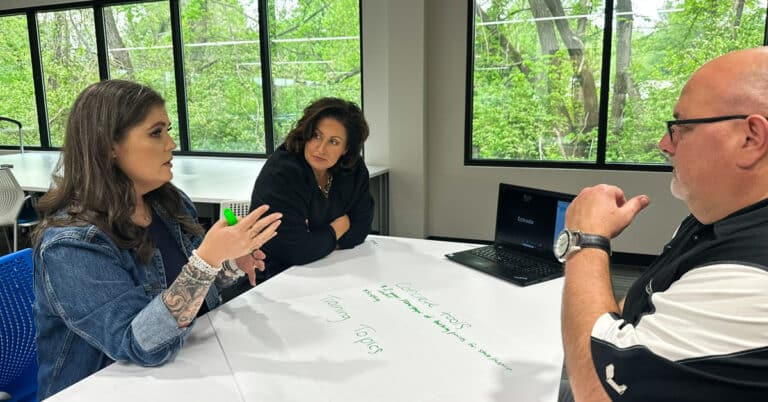When Utah built out their Portrait of a Graduate, the state identified 13 characteristics – including honesty, respect, financial literacy and communication – that they considered “the ideal characteristics of a Utah graduate after going through the K-12 system.” The Portrait of a Graduate would help make explicit these expectations and would provide the end goal for students’ educational outcomes.
How can a simple change of phrase lead to a change in accountability systems? See how Utah implemented changes, all for the future of learning.
Learn more >>
But how does a preschooler or an eighth grader develop and grow these characteristics in their grades or classes? And how do educators help facilitate incremental and consistent growth with their students? For starters, they need to know what students are expected to do in each grade and what mastery of each characteristic in the Portrait of the Graduate looks like regardless of which classroom or grade they’re in.
And that’s exactly what Utah educators set out to do.
Over the course of four weeks, everyone from principals to preschool teachers worked together to unpack Utah’s Portrait of a Graduate by designing competencies with aligned rubrics for all 13 characteristics from preschool to postsecondary. Armed with the description of each characteristic, educators and stakeholders worked to create common language and understanding for what learners need to know and be able to do to be competent in the characteristic for each grade level.
“Particularly with competency design, I think people are gravitating towards a Portrait of a Graduate because educators can unpack their vision for what they want for learners in a more tangible way,” said KnowledgeWorks Teaching and Learning Director, Laura Hilger, who helped facilitate the virtual sessions with educators. “It makes the idea of competencies more attainable and easier to see implementation.”
And much like what Utah educators will ask of their students, creating the rubrics was not just about a finished product but rather about learning, working through ambiguity, collaboration and learning to “trust in the process.” Educators were there as learners as well as leaders, problem-solvers, cheerleaders and support systems. One participant reflected at the end of the process, “I feel like I learned how to be a better collaborator, what my strengths and weaknesses are as a collaborator and gained important perspective as to how vulnerable collaboration can make one feel. My takeaway: collaboration works – it’s hard, fun, sometimes scary and important.”
My takeaway: collaboration works – it’s hard, fun, sometimes scary and important.
The rubrics also provide the foundation of systems change. By making it clear where students are in their learning or mastery of a skill, educators can address issues of equity in their schools and classroom with greater fidelity.
“If the kindergarten teacher has the competencies and the twelfth-grade teacher has the competencies, then they can come together and have dialogue about their practice,” said Hilger. “Being a part of a system provides opportunities for professional learning and provides a basis to talk about how they’re working towards a common goal. You get a boost in systemic and collegial thinking.”
Abbie Everett, teaching and learning director at KnowledgeWorks, mentioned that the goal in creating these rubrics was to achieve greater equity of outcomes in Utah. “From the state’s perspective, they want to build a model of what’s possible,” said Everett. By providing something statewide that communities can replicate, “the local community gets a voice, too.”
Utah State Board of Education Chief of Staff Sarah Young joins us in a webinar, March 23, on how the state has been making visions for the future of learning a reality through inclusive, collaborative efforts.
So, the work is far from over. While the rubrics provide consistent scaffolding and language that educators and students can understand, Utah educators anticipate replicating a similar process in local contexts. They will be able to adopt the state model through consensus building discussions or personalize it to better align to their local learning community and be more responsive towards the assets and needs of their students. In future iterations, the goal will be to continue leveraging educator and stakeholder expertise while also including student voice and feedback.
“By engaging in the first steps and providing a model, the state provides an opportunity to localize it,” Hilger said, giving agency and direction to districts across Utah.
Utah’s Portrait of a Graduate paints a vivid portrait of what the state wants for its students, but it’ll be the educators and students, in their local settings, that are tasked with painting and re-painting what that looks like in each classroom across the state.
View the P-20 model rubrics, aligning their Portrait of a Graduate with competencies, over at the Utah State Board of Education website.
This article was written by Rita Pello, former marketing and communications manager at KnowledgeWorks.





